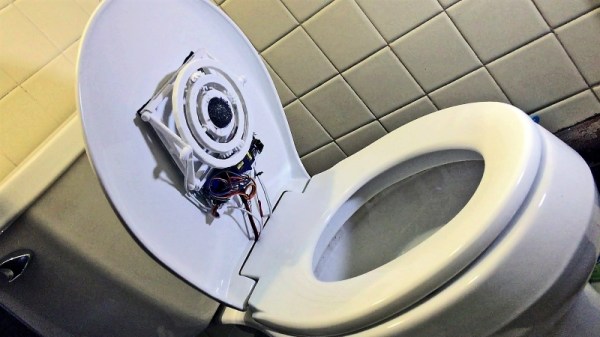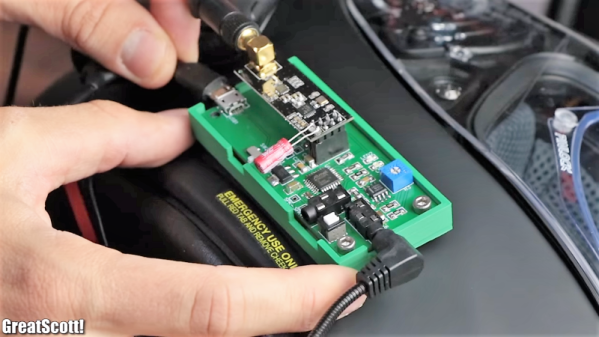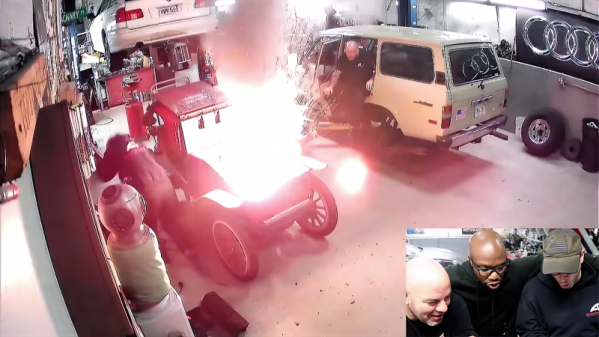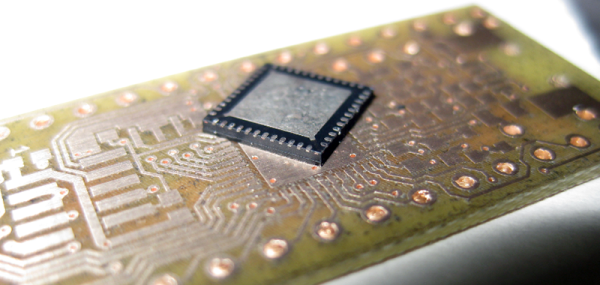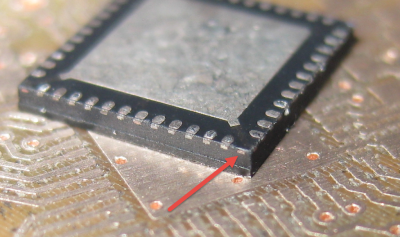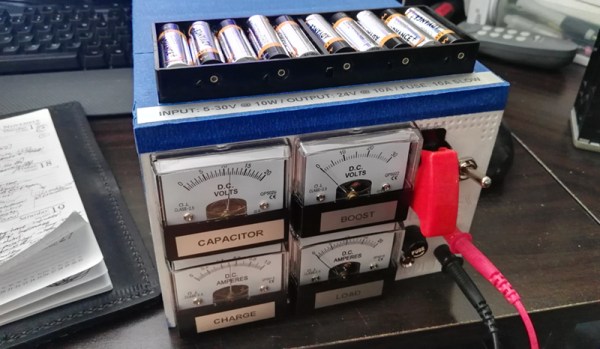Imagine if you will that you are enthroned upon the porcelain, minding your own business while doing your business. You’re catching up on Hackaday on your phone – c’mon, admit it – when a whir and a buzz comes from behind you. You sit up in alarm, whereupon your lower back suddenly feels as if someone is scrubbing it with a steel wool pad. Then the real pain sets in as super-hot plasma lances into your skin, the smell of burning flesh fills the bathroom, and you crack your head on the towel bar trying to escape this torture chamber in a panic.
Sound good? Then [Vije Miller]’s plasma-powered toilet air freshener is a must-build for you. We’re not entirely sure where this was going, but the name of the project seems to indicate a desire to, ahem, clear the air near your derrière with the power of ions. While that might work – we’ve recently seen an electrostatic precipitator for 3D-printer fumes – the implementation here is a bit sketchy. The ball of steel wool? It was possibly intended as a way to disperse the ions, but it served as nothing more than fuel when touched by the plasma. The Contact-esque gimballed rings? Not a clue what they’re for, but they look cool. And hats off to [Vije] for the intricate 3D-printed parts, the geartrain and linkages, and the DIY slip rings.
It may be a head-scratcher of a build, but the video below is entertaining. Check out some of [Vije]’s other projects of dubious value, like his licorice launcher or the smartphone back scratcher.
Continue reading “Fail Of The Week: Toilets And High Voltage Do Not Mix”

